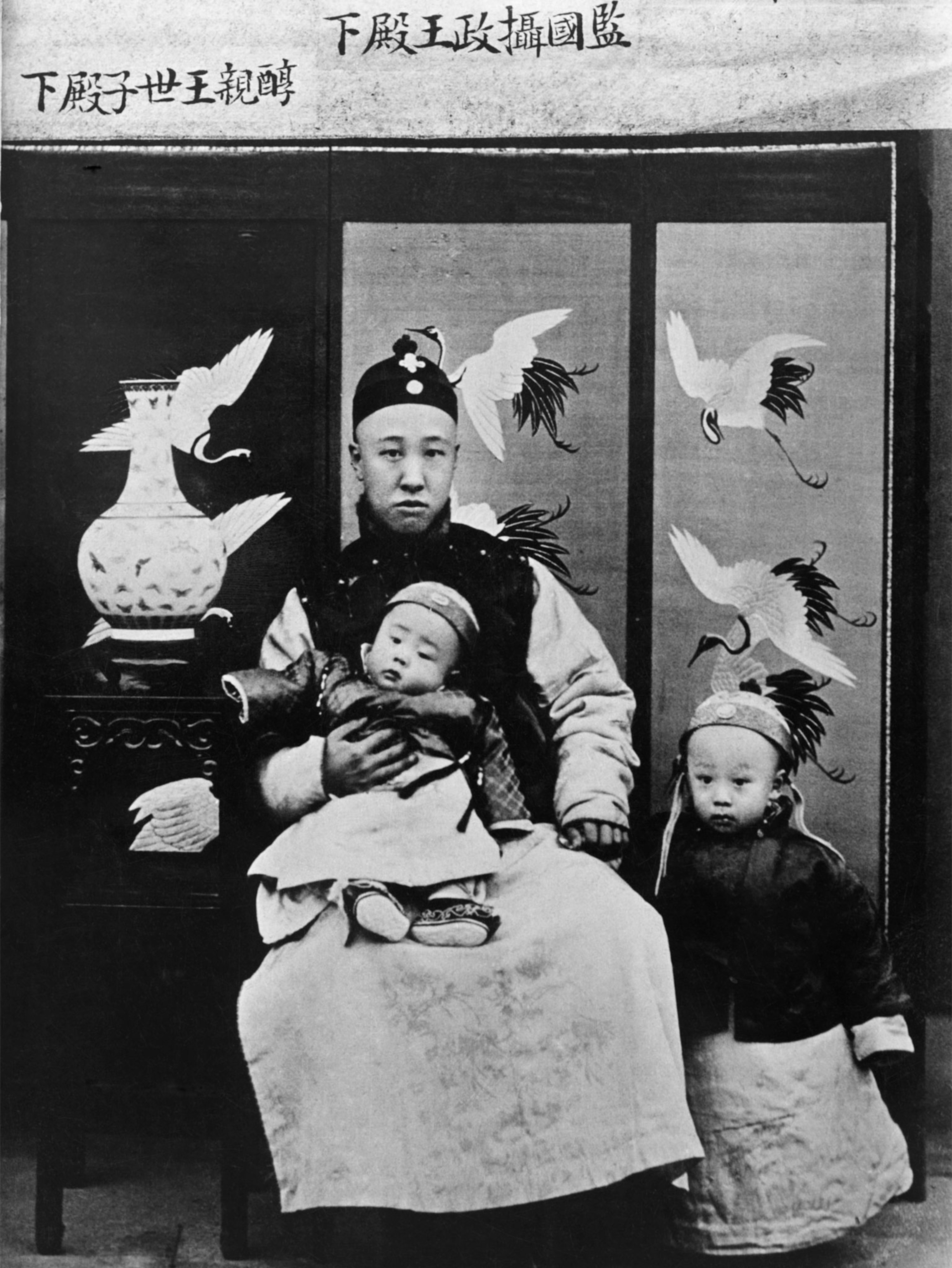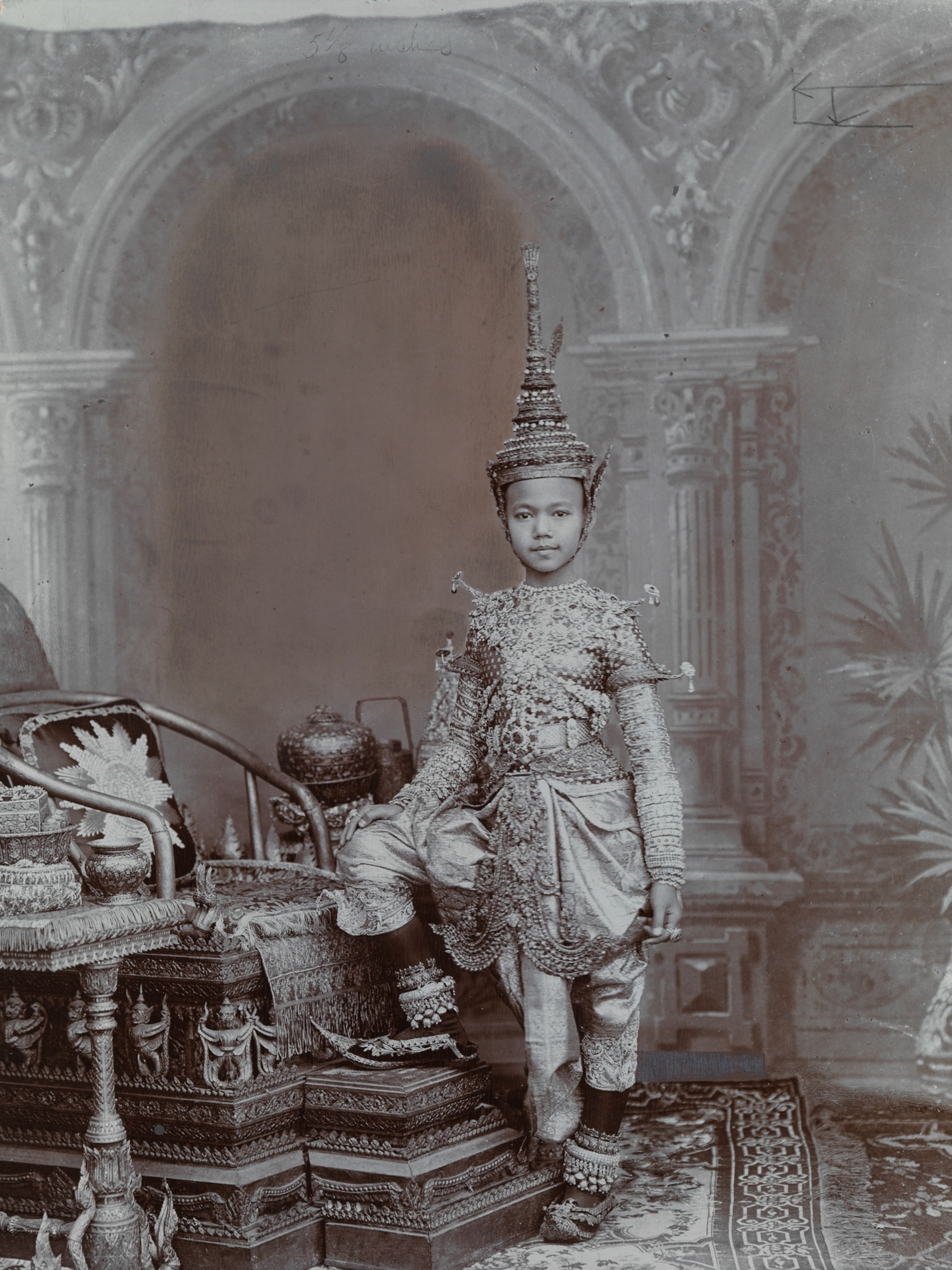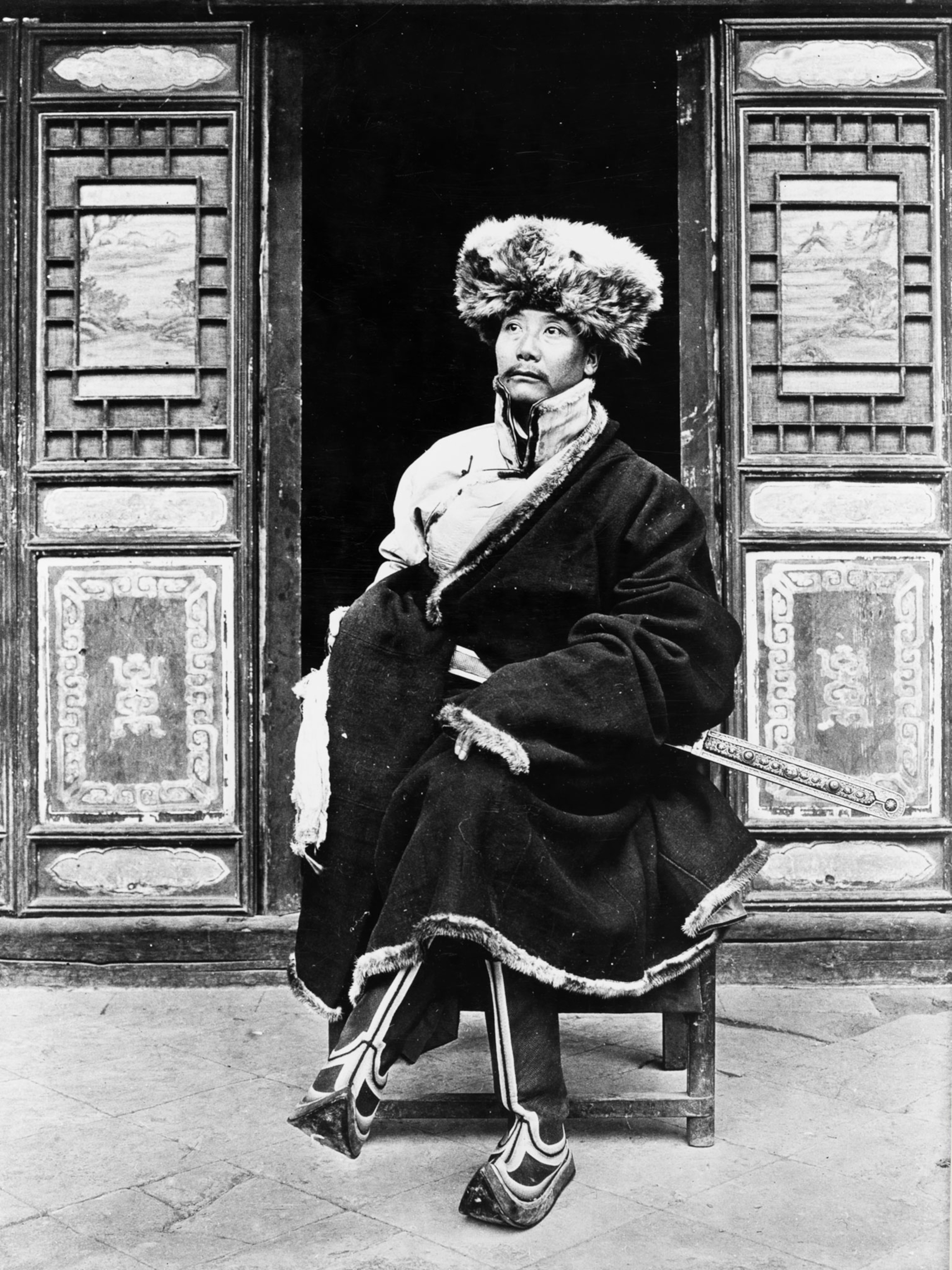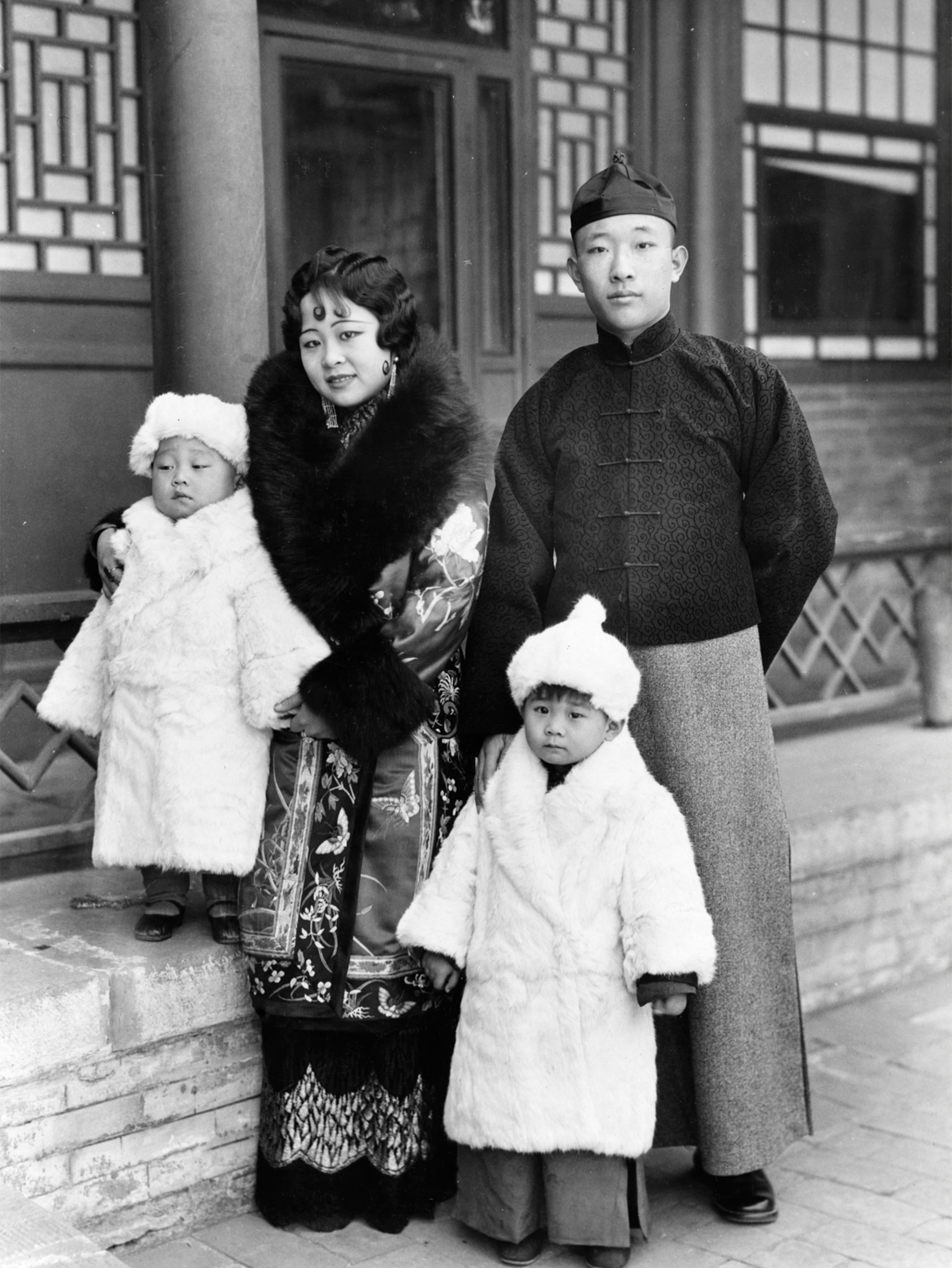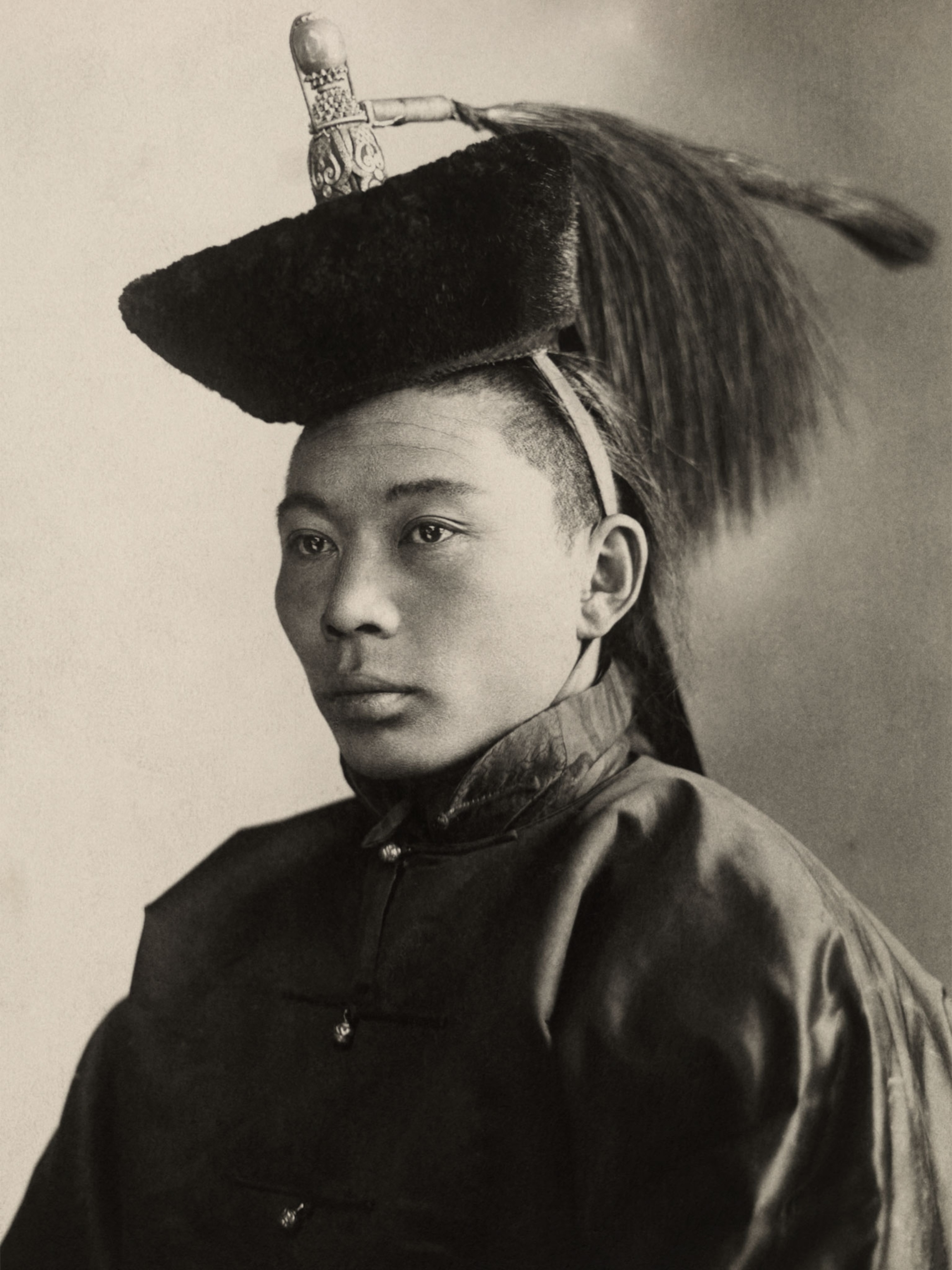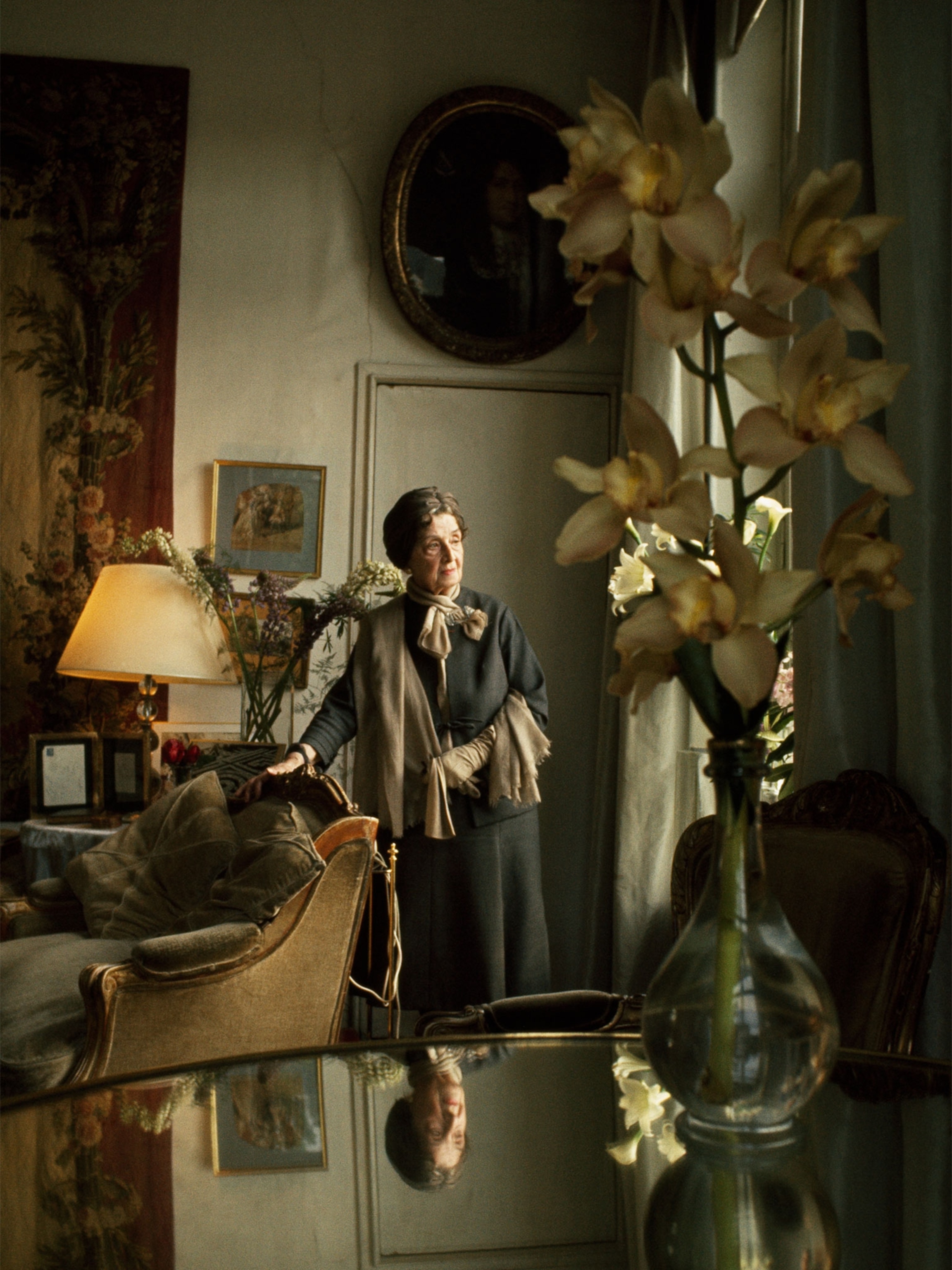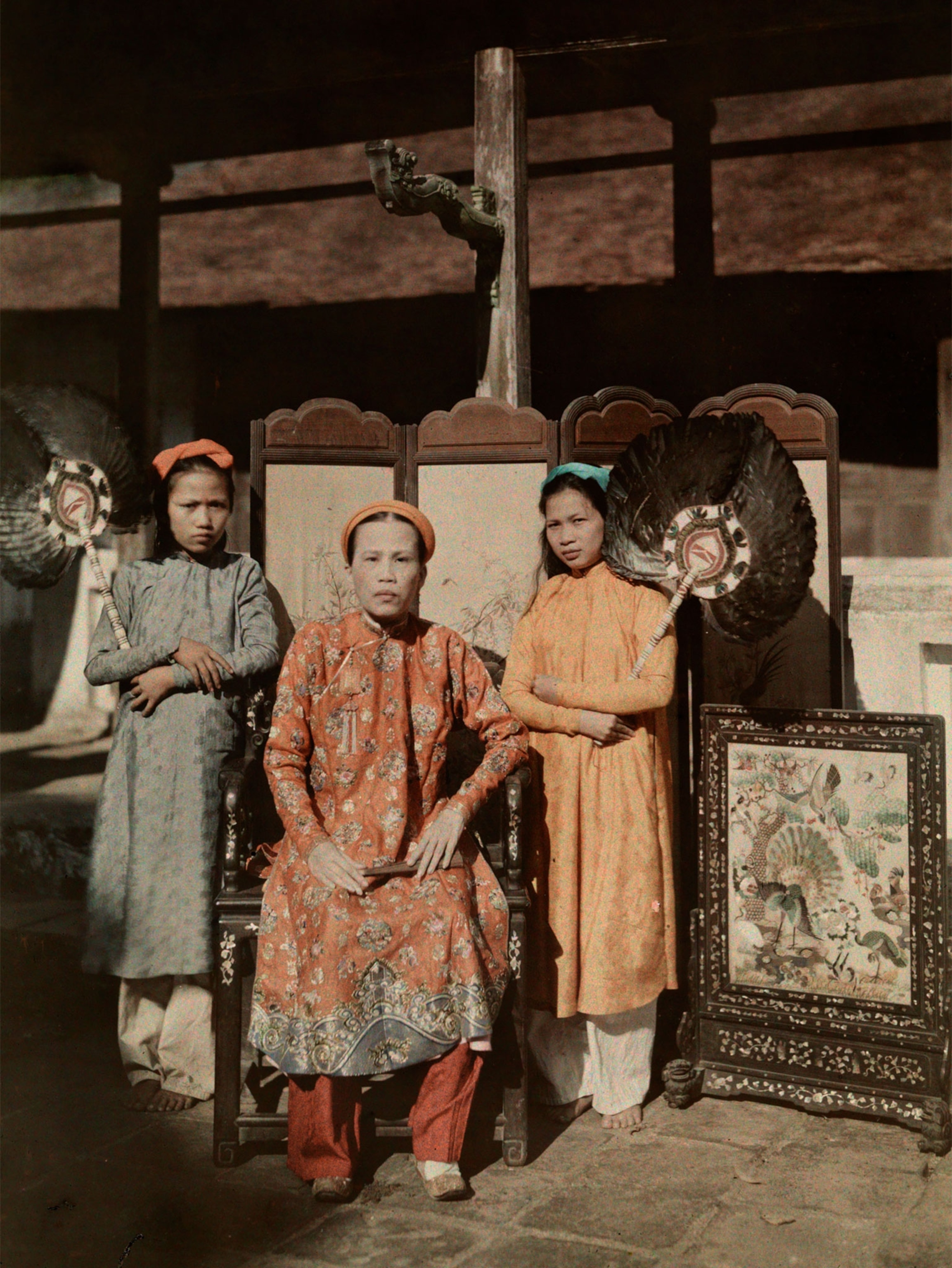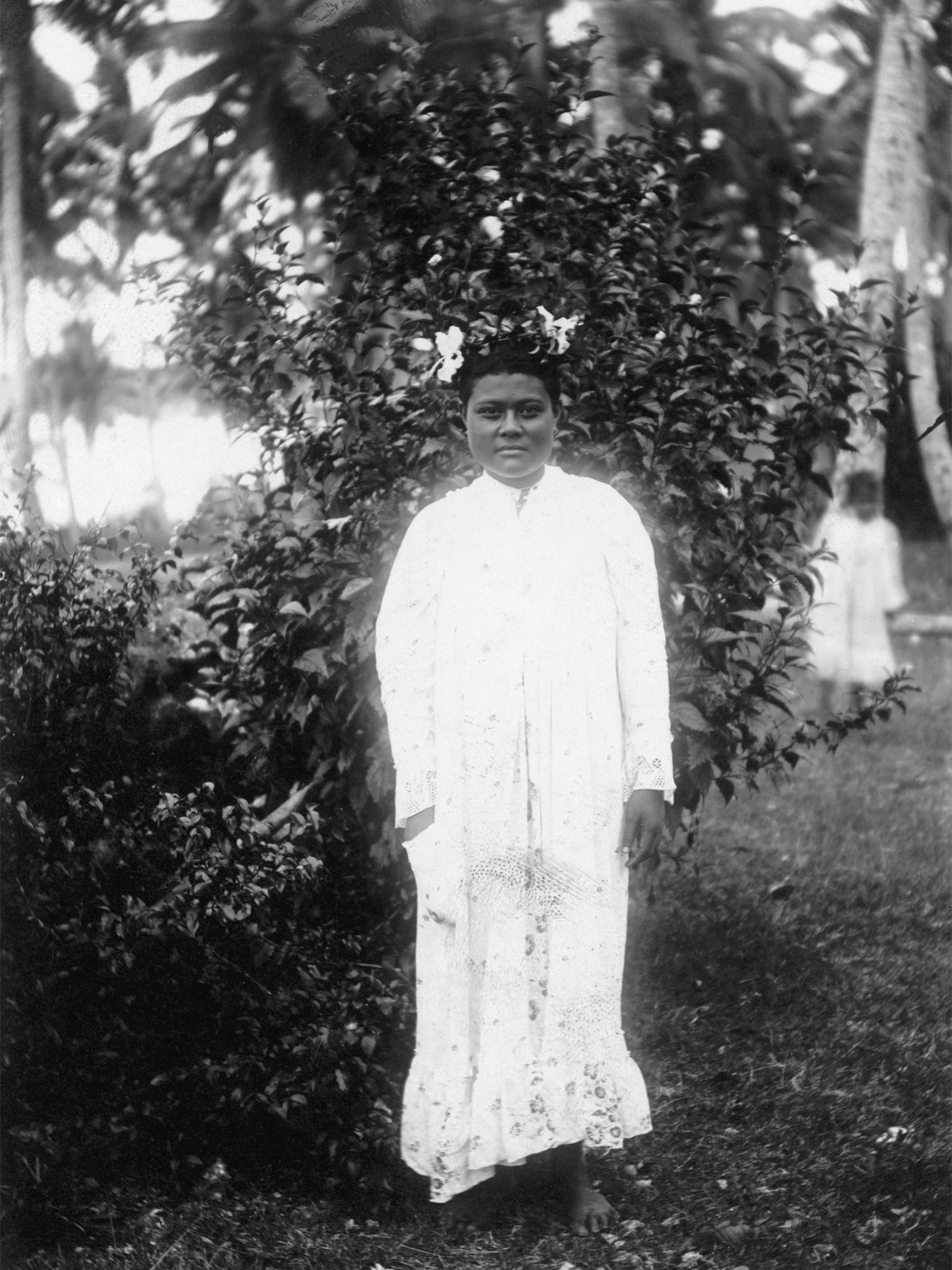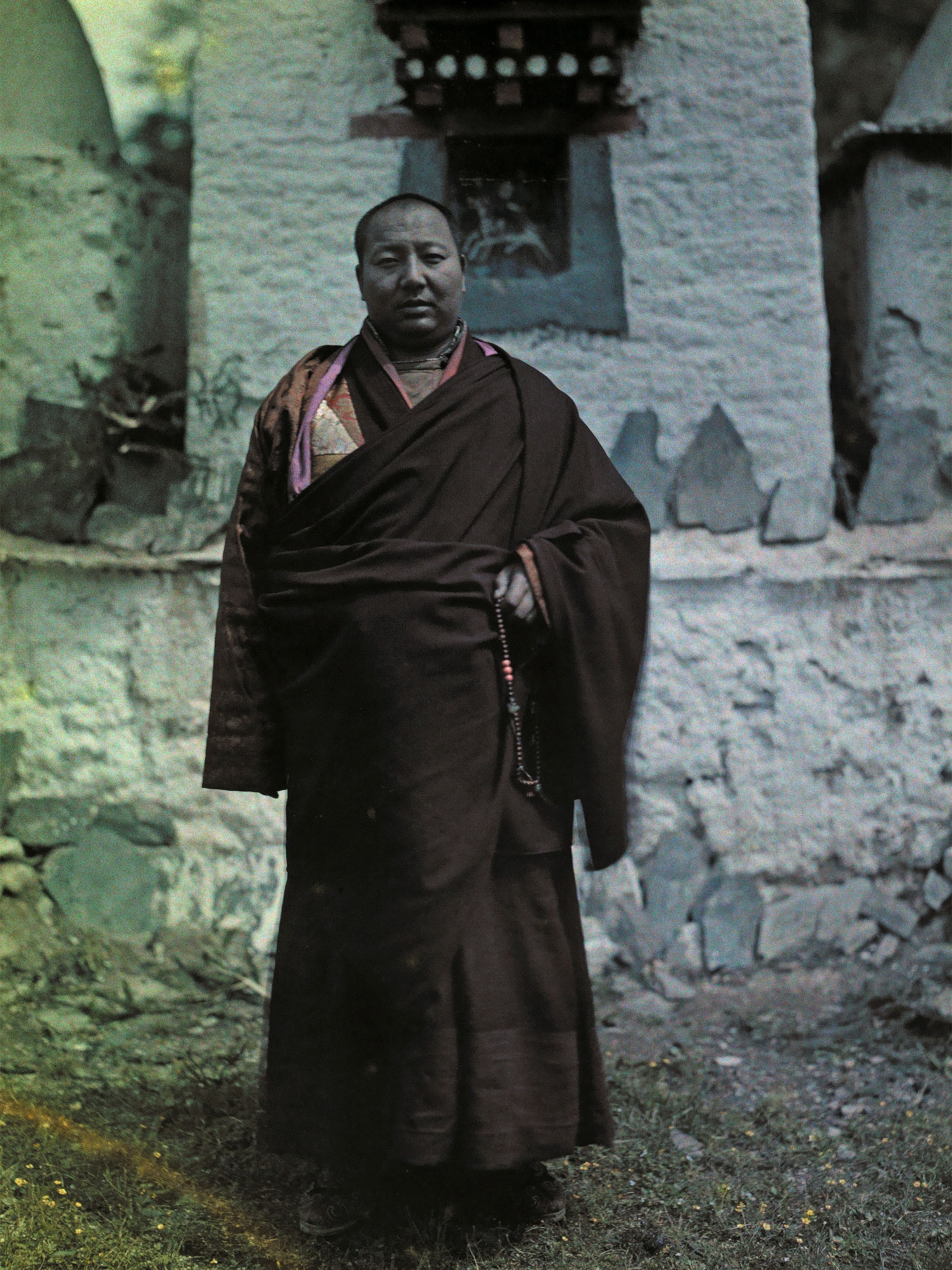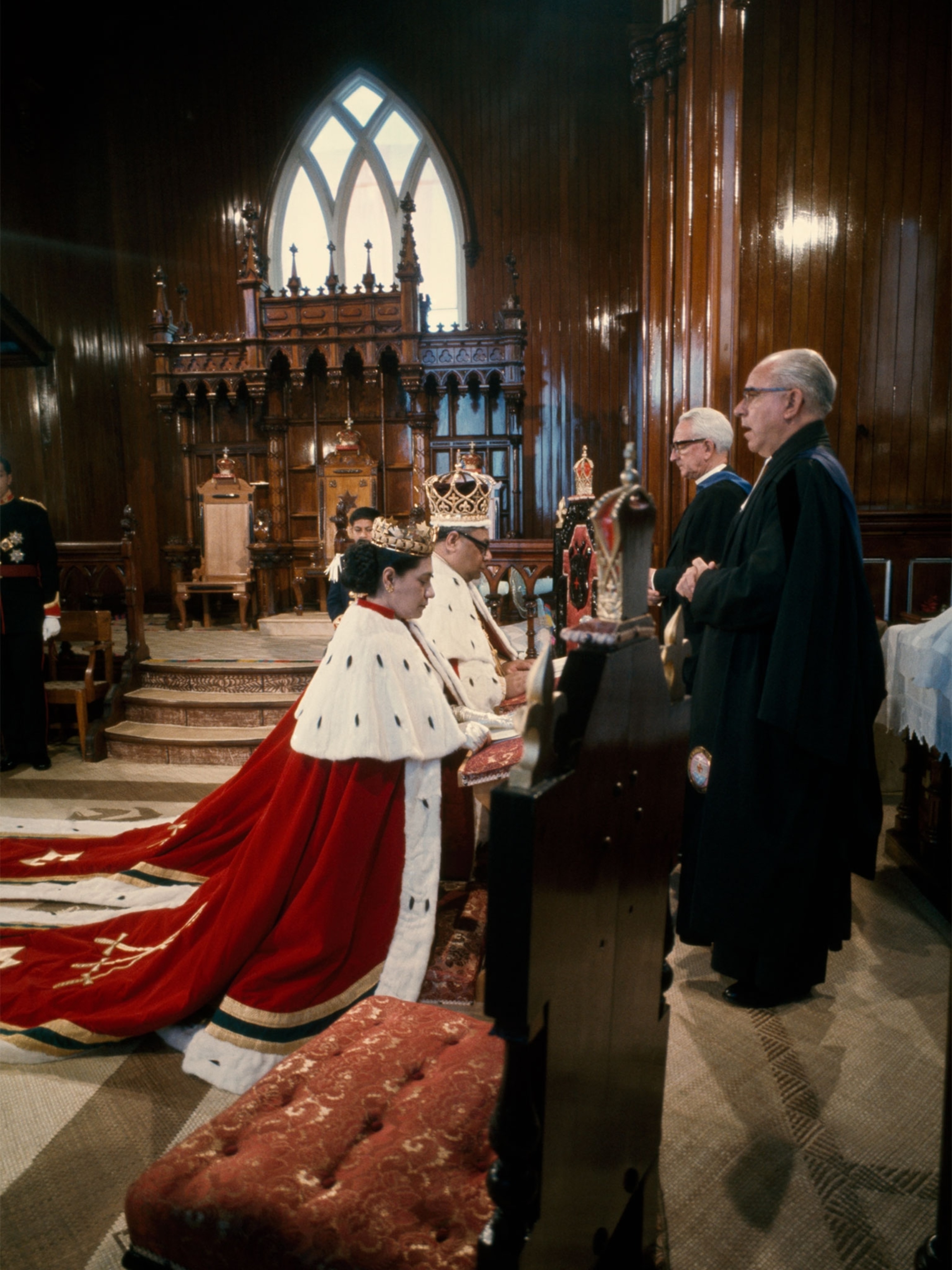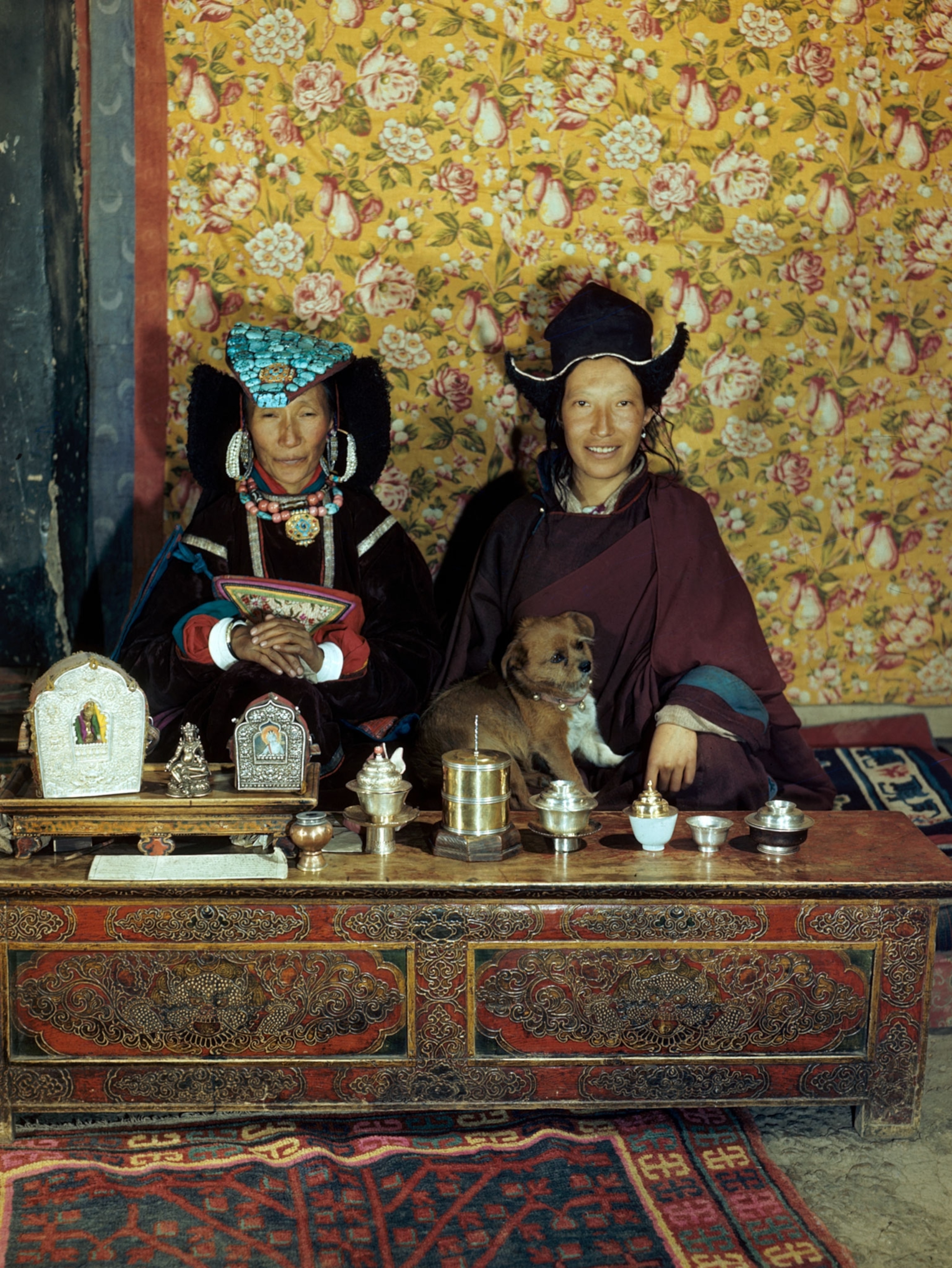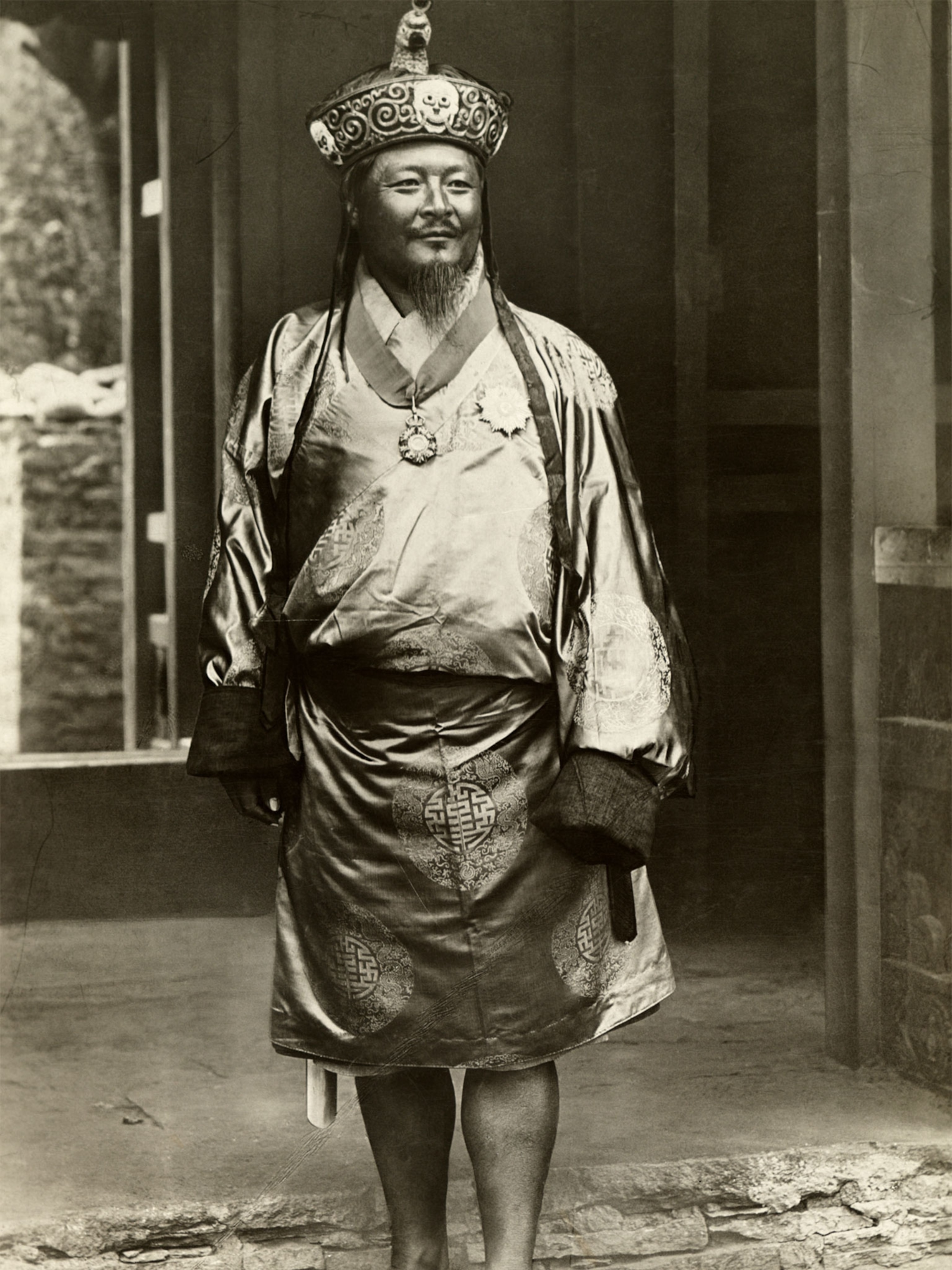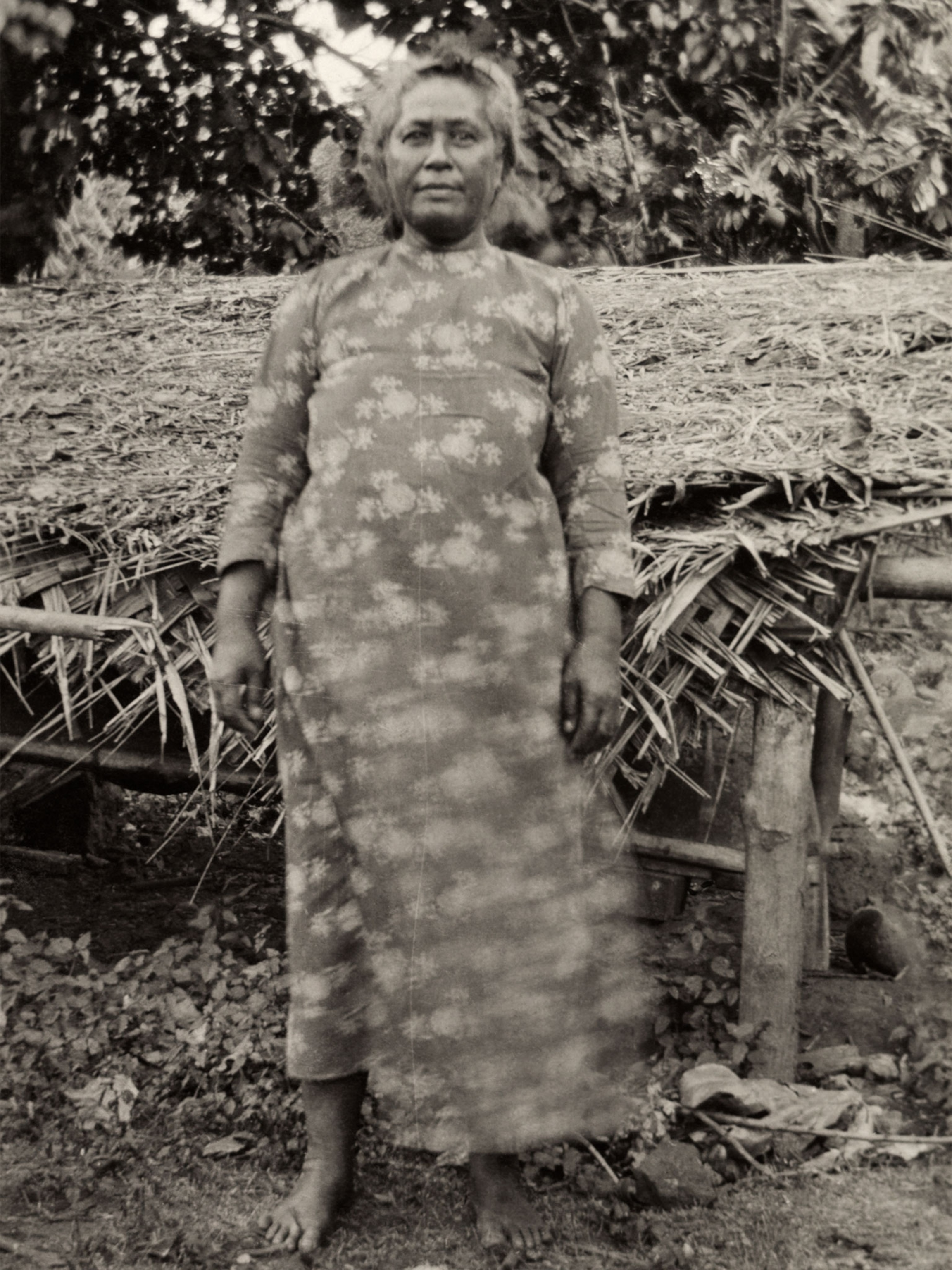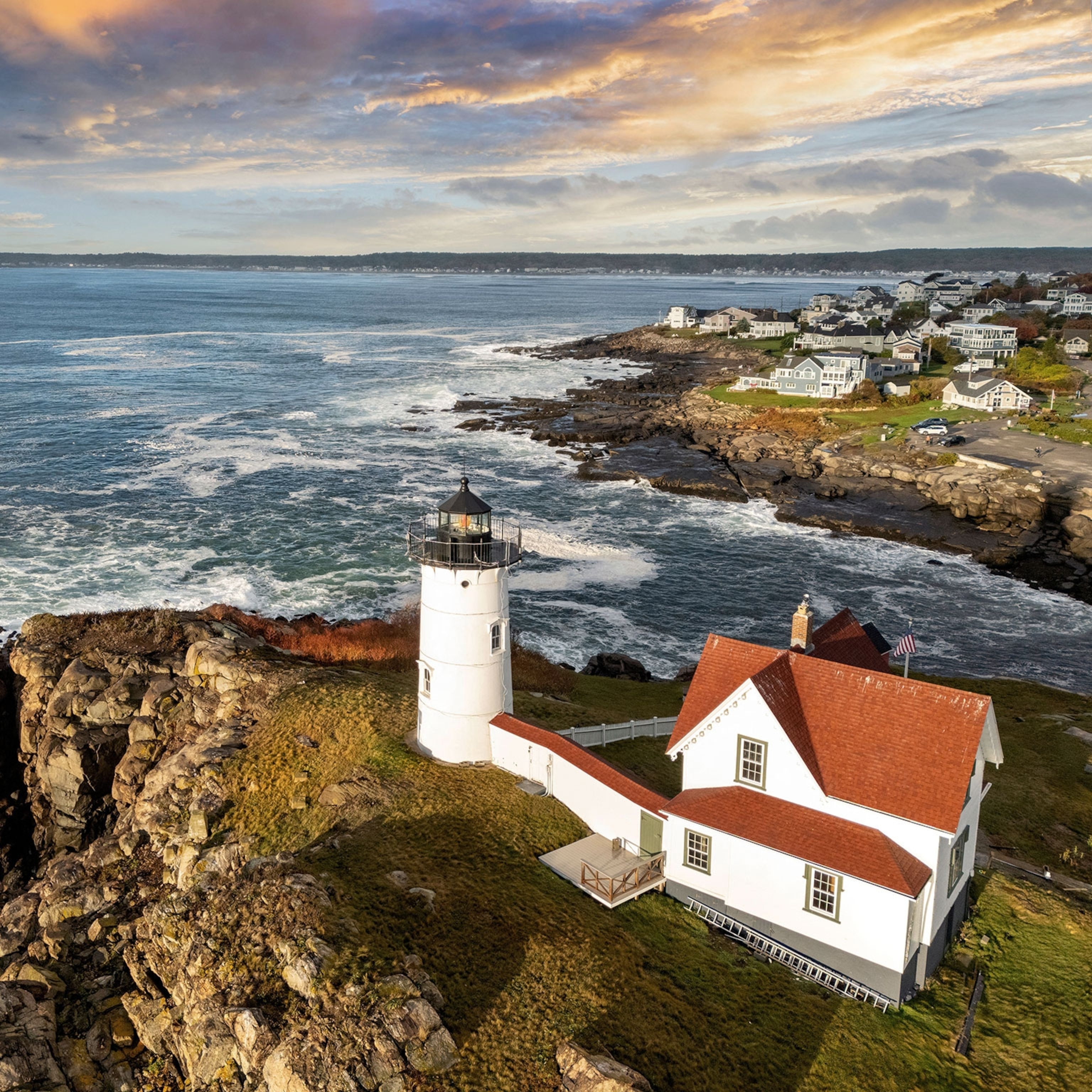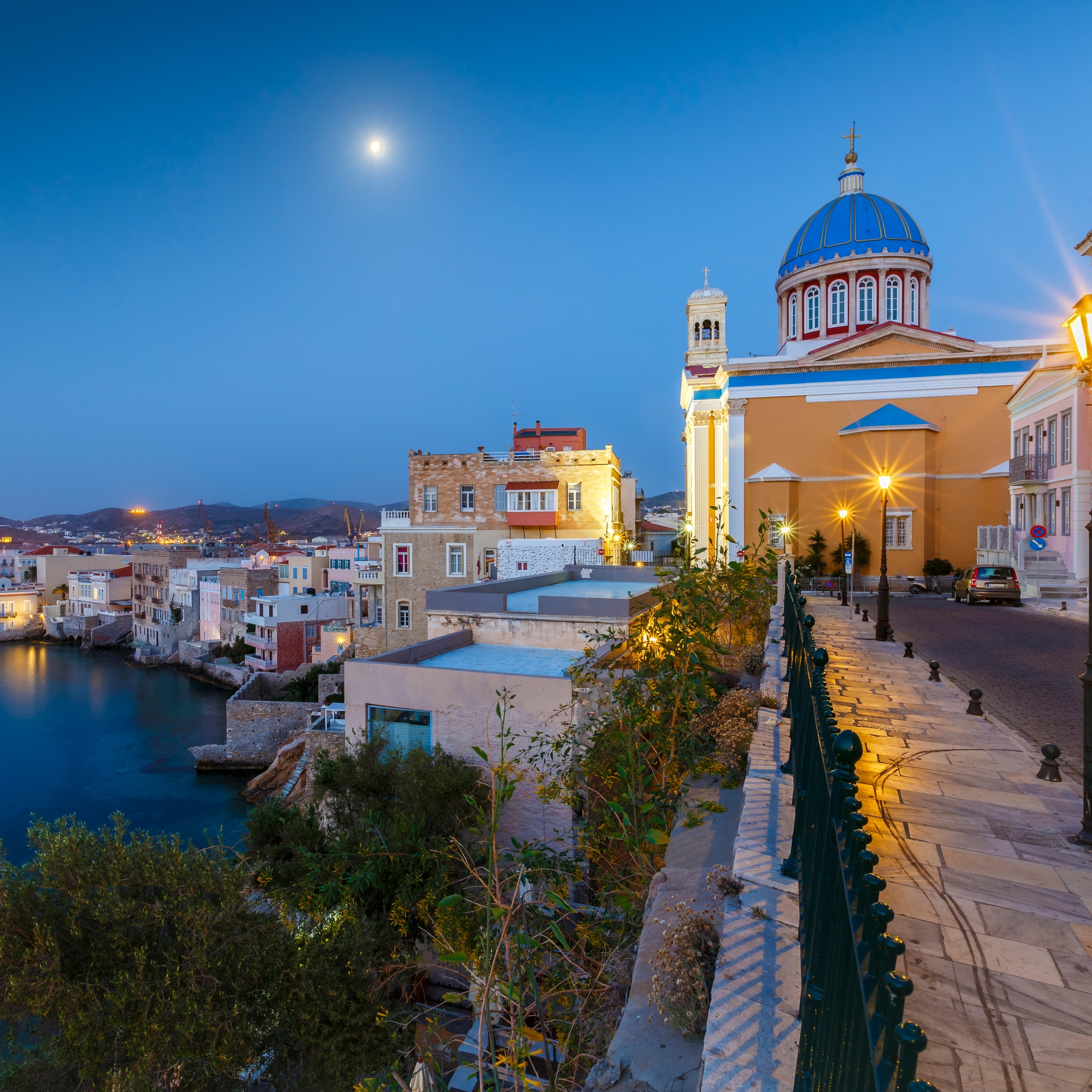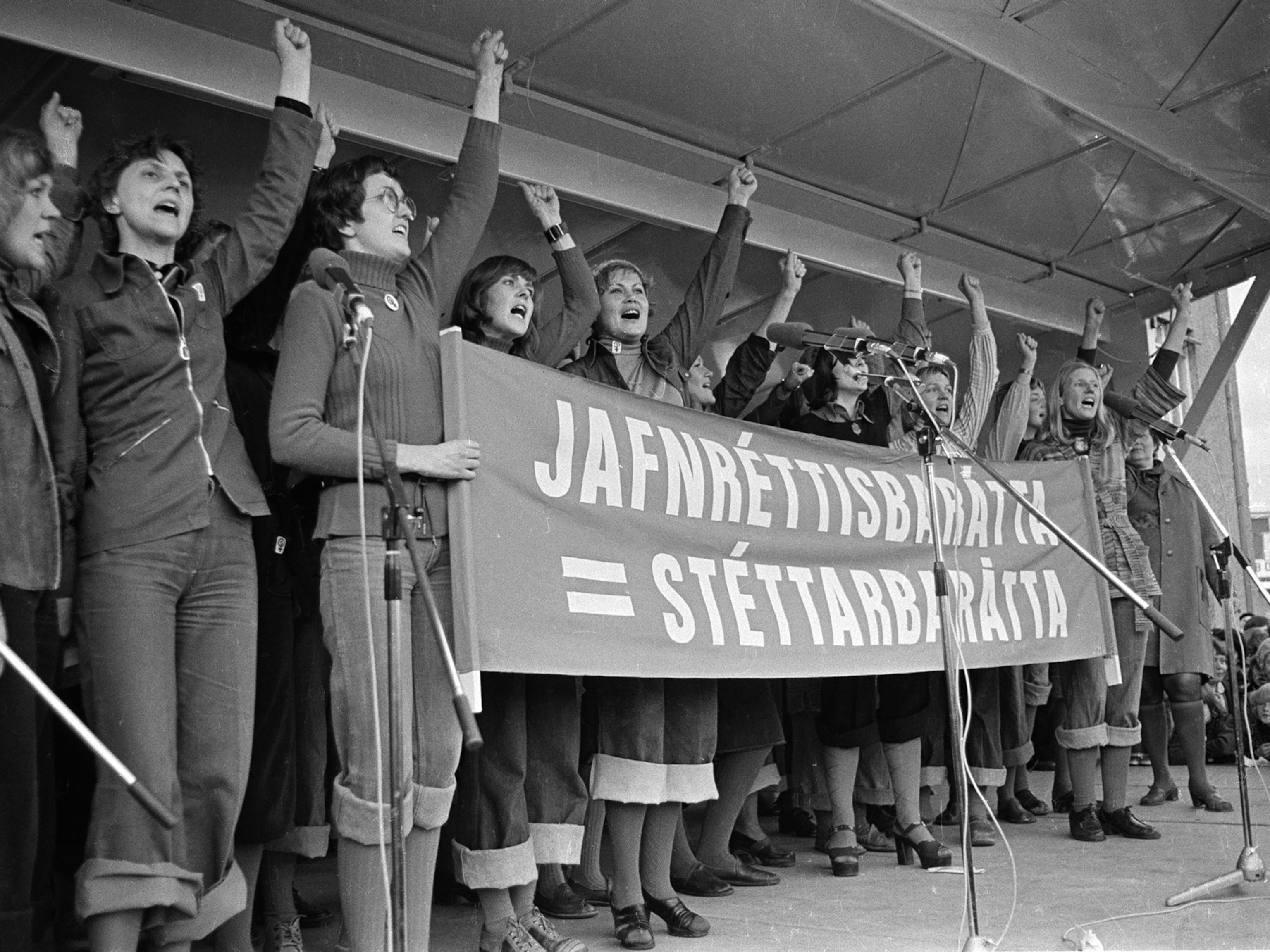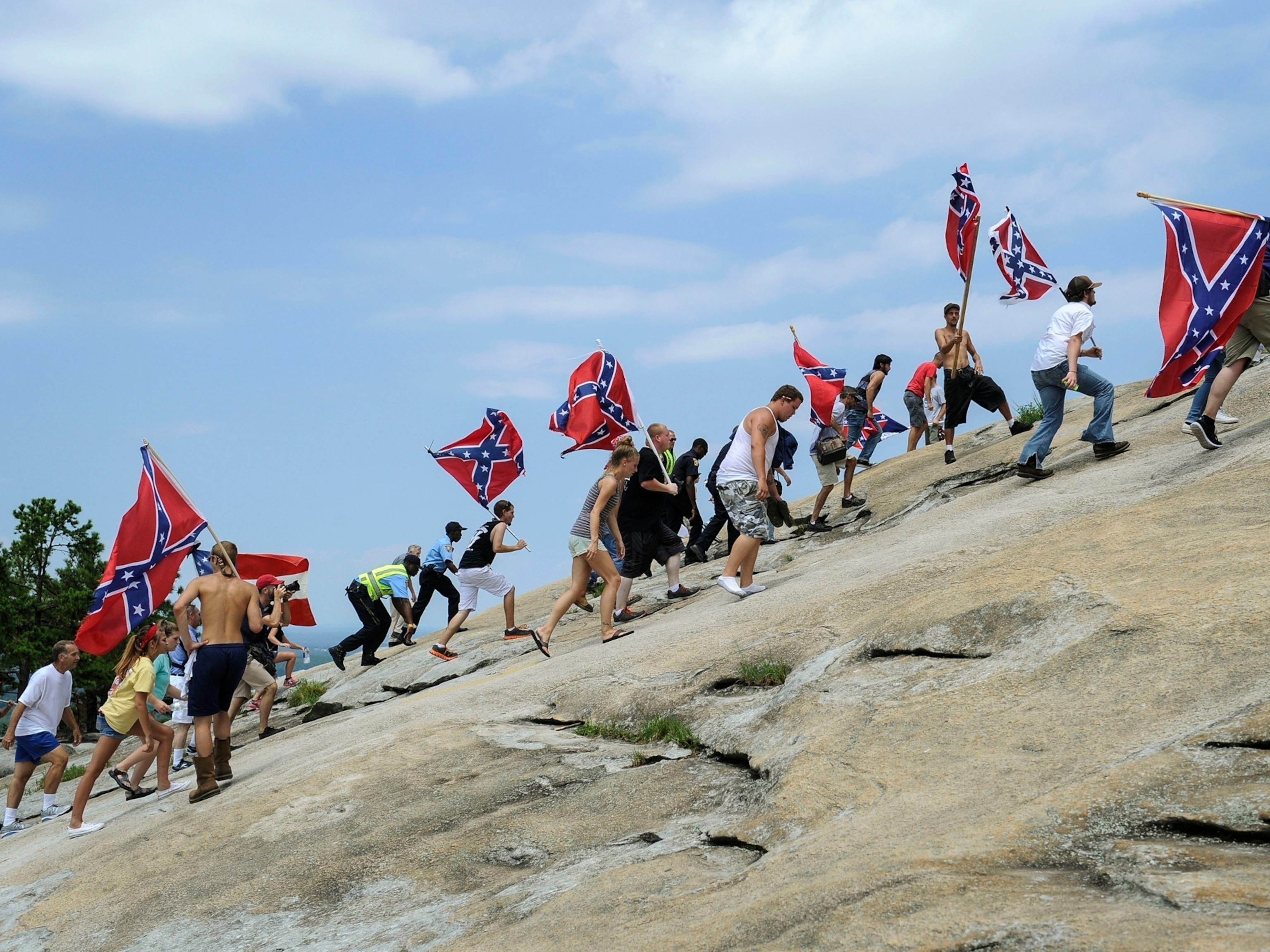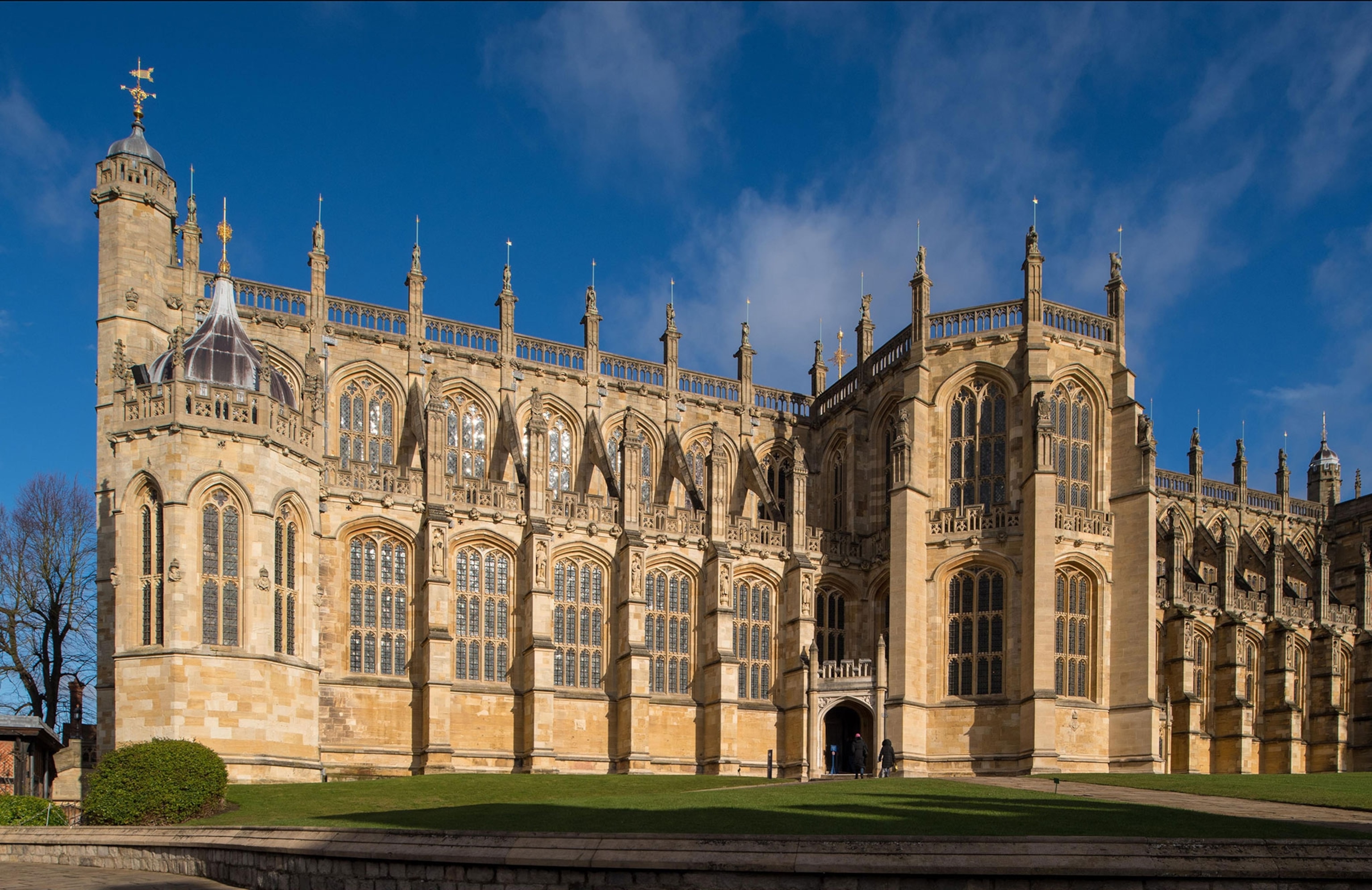
6 Places to Visit If You've Got Royal Wedding Fever
Prince Harry gets married on May 19. Check out these royal wedding destinations to recreate some magic of your own.
If you’ve somehow managed to miss the details of the much-tweeted event, fear not: Tomorrow at noon London time His Royal Highness Prince Henry of Wales will marry fiancée Meghan Markle, an American actress, and it's going to be a pretty big deal.
Massive crowds are expected throughout London and Windsor, where the wedding will take place, and millions will tune in to watch live from around the world. But there's still plenty to enjoy after the crowds disperse.
Whether you’re looking to soak up a little vicarious wedding magic, or just have a taste for history, here are six destinations to experience all the pomp and power of British royalty.
ST. GEORGE’S CHAPEL
Seating 800, rather than Westminster Abbey’s 2,000, the 14th-century St. George's Chapel is part of the regal estate of Windsor Castle in Berkshire County. Tomorrow’s royal couple is the latest in a long line of nobles who have celebrated their nuptials in a more intimate venue: Many of Queen Victoria’s children were married here, and Prince Charles’s civil ceremony to Camilla, Duchess of Cornwall, was blessed here in 2005.
The chapel welcomes visitors for religious services, musical performances, and tours. The grounds of Windsor Castle—the world’s oldest and largest occupied castle, and the childhood home of Queen Elizabeth II—are a popular destination in their own right. Visitors can tour such attractions as grandiose state apartments and the changing of the guard throughout the year.
WESTMINSTER ABBEY
Founded over a thousand years ago, London’s Westminster Abbey traditionally hosts the coronations and burials (and, occasionally, weddings) of monarchs and other noted figures. Though called an abbey, the large Gothic building technically isn’t: Instead, it’s one of the high-ranking Anglican churches that answers directly to the queen.
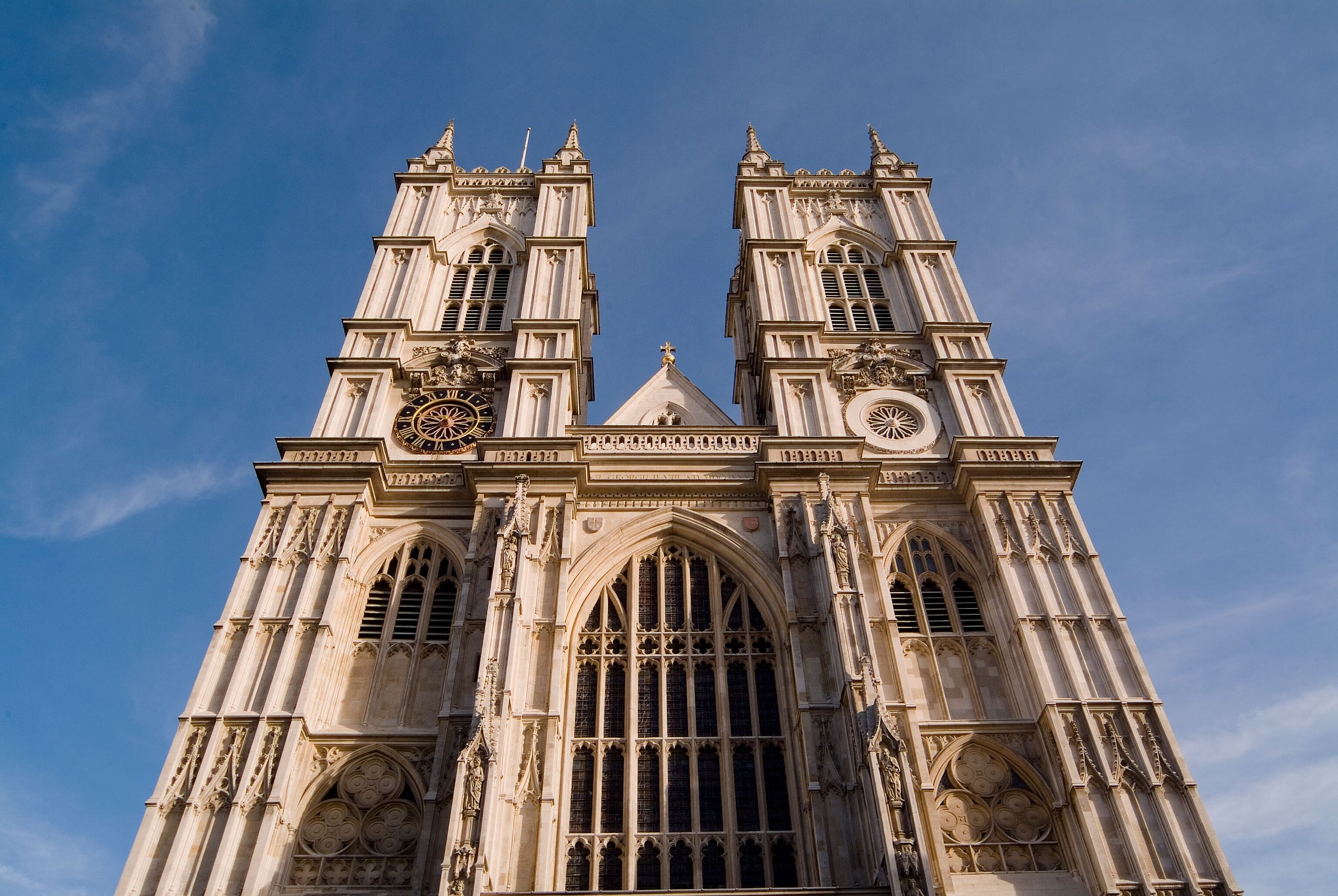
It’s no surprise Westminster draws over a million visitors each year: The site’s stunning architecture traces centuries of history, and its impressive art museums include unique medieval works. Find out when to visit for guided tours (half-price entry is available most Wednesday evenings), and consider stopping by in late June to be among the first to take in a newly curated gallery, opened to the public for the first time in 700 years.
OSBORNE HOUSE
Designed by Prince Albert himself, Osborne House was the holiday retreat of Queen Victoria and her family. The Italian-style palazzo lies on the northern coast of the Isle of Wight, and following Victoria’s death in 1901 became first a naval college, then an officers’ convalescent home. Today, it’s a heritage property open to the public.
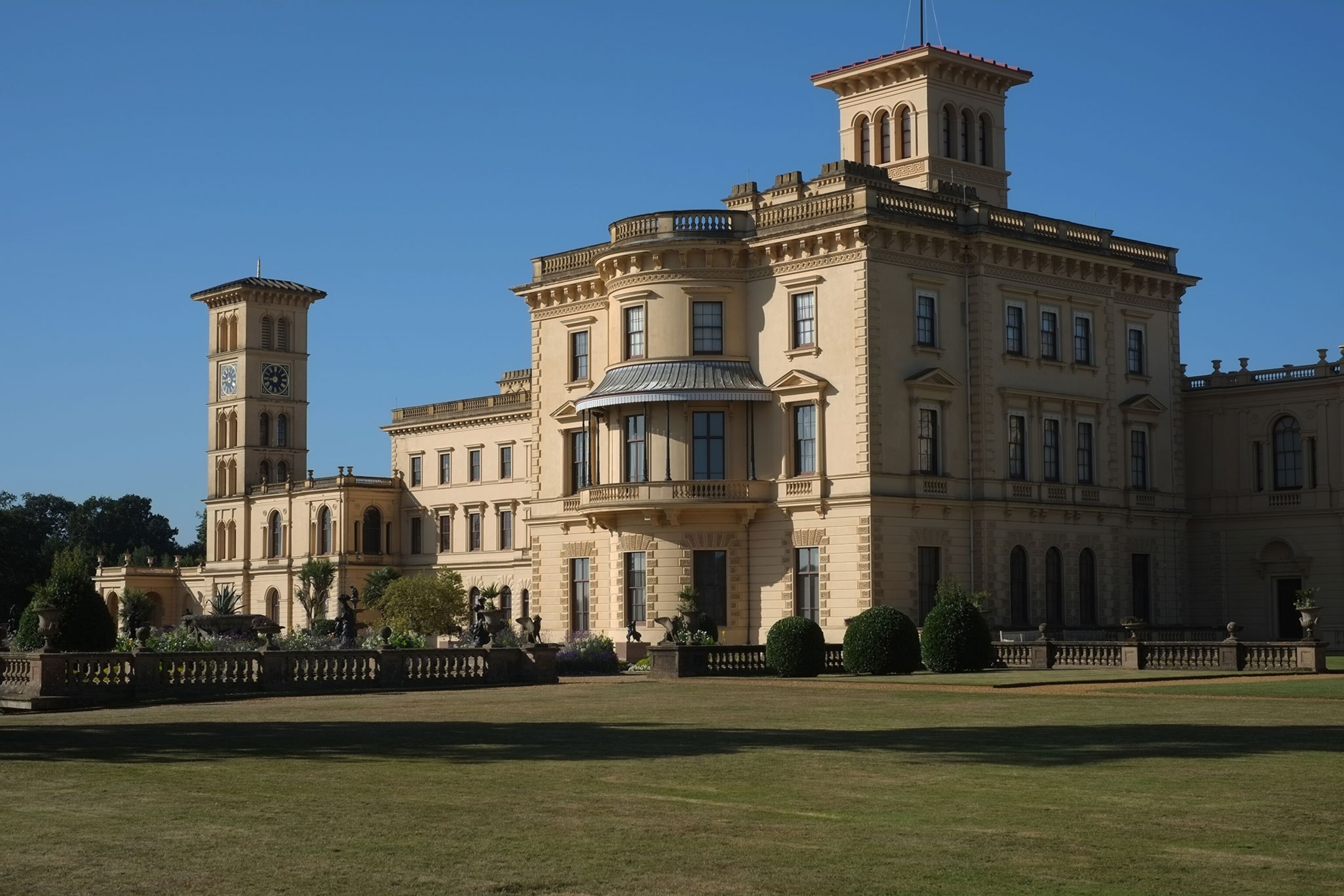
Often overlooked, Osborne is worth visiting on its own merits, but there’s a wedding connection too: Its recently restored gardens house a myrtle bush that has provided sprigs for every royal wedding bouquet since 1858.
After a train from London to Southampton, visitors can take a ferry to East Cowes, the town to which the estate belongs. Wander through the preserved rooms of past royals—including the Swiss Cottage, a two-story “play house” for Victoria and Albert’s nine children—or explore the gardens, beach, and trails.
HAMPTON COURT PALACE
Just outside London lies Hampton Court Palace, built during the reign of King Henry VIII. The regal Tudor buildings and gardens, later elaborated in baroque styles, became a place of leisure for Henry, his many wives, and succeeding royals, until Queen Victoria opened it to the public in 1838.
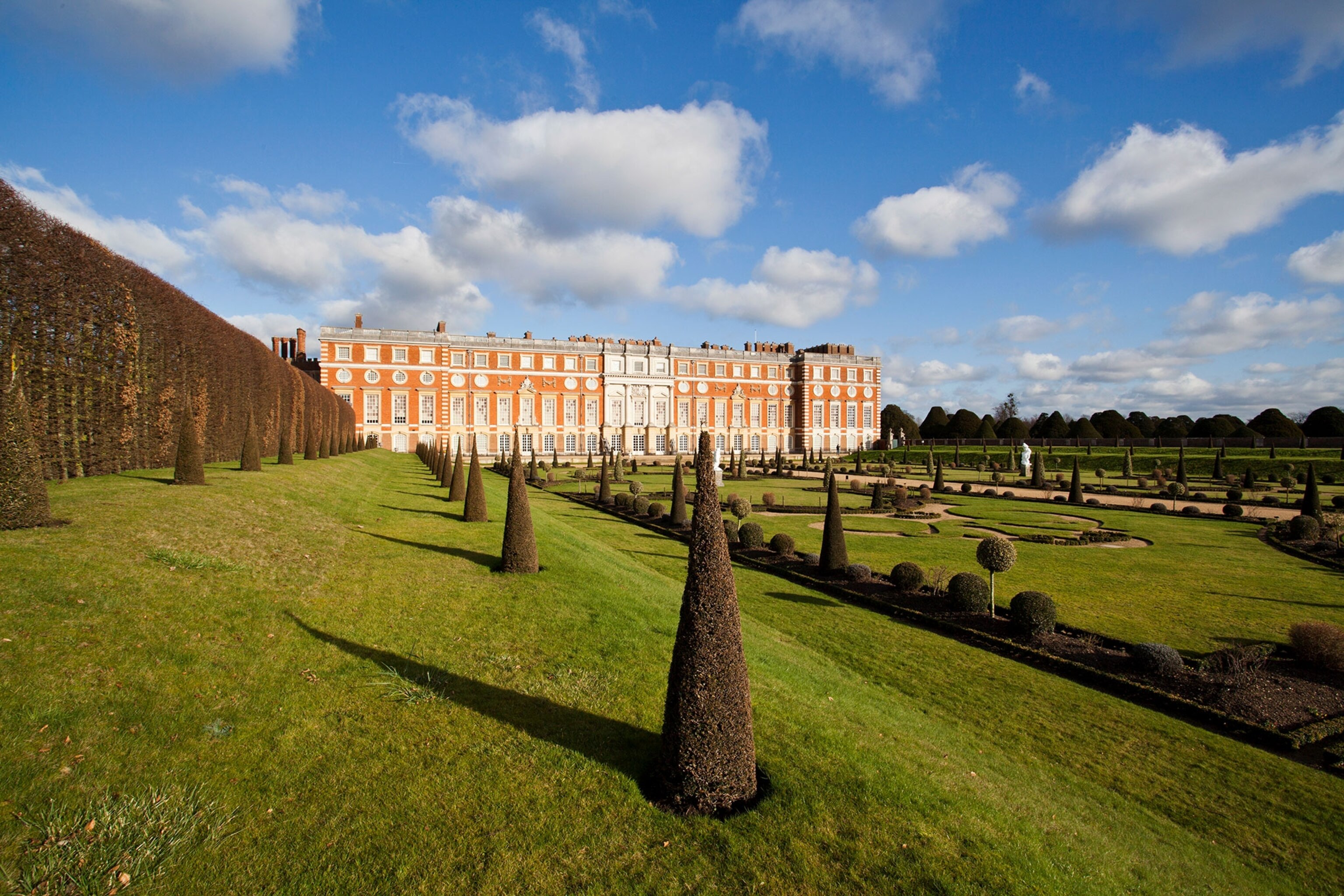
As well as showcasing the historical intrigue to which it played host, Hampton Court’s attractions include a family-friendly magic garden, a large hedge maze (Britain’s oldest), and summer jousting tournaments.
- National Geographic Expeditions
BUCKINGHAM PALACE
London’s Buckingham Palace is arguably the most famous royal destination. The dignified Neoclassical building began as a duke’s country home before being converted in the 1700s to the queen’s private residence, then in the 1800s to the palace as it’s known today. Both private home and government seat, Buckingham has seen scores of royal births and christenings, and welcomed countless heads of state and dignitaries from other countries.
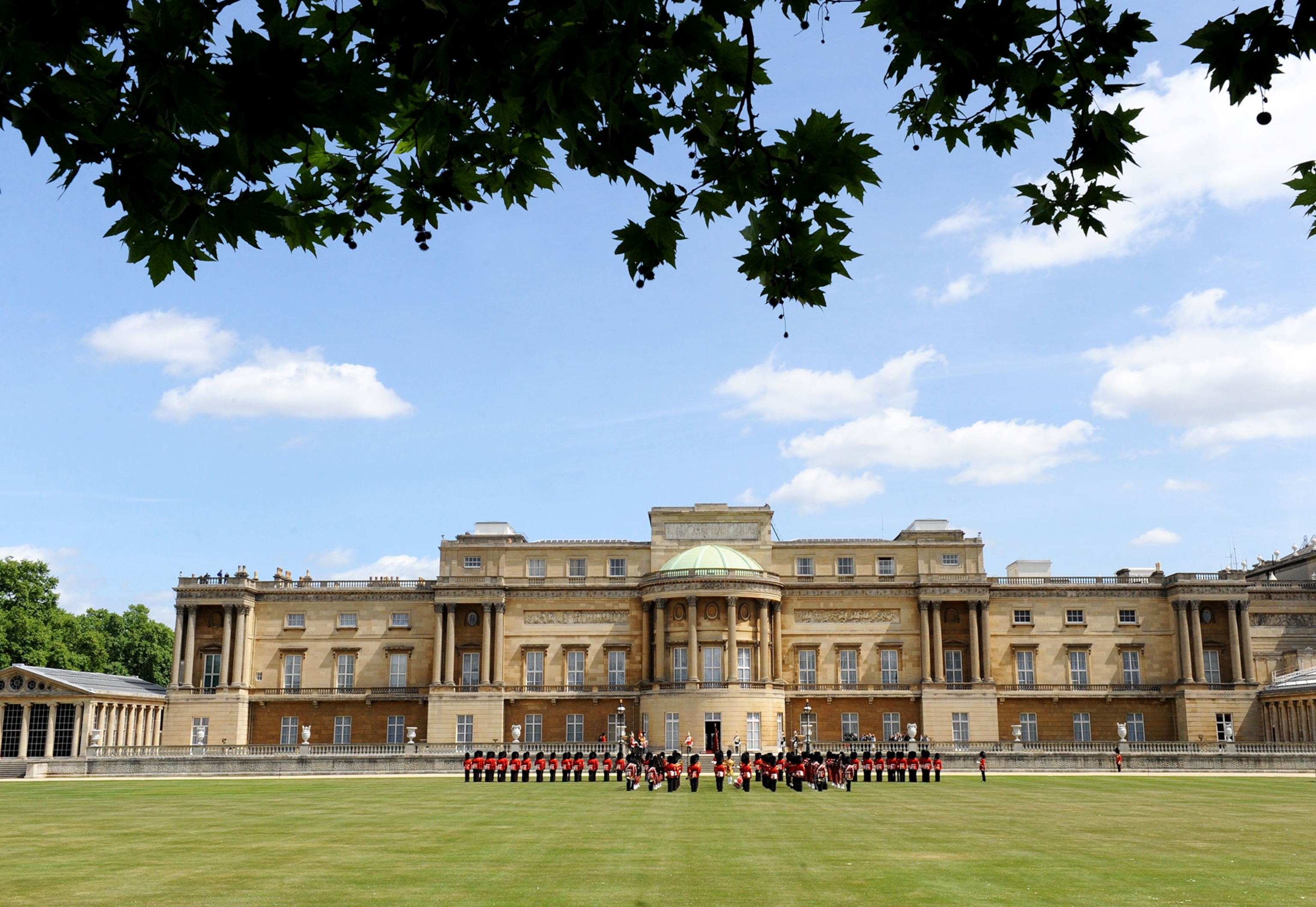
Though public access is restricted when the queen is in residence, the throne room and grandly appointed state rooms are open to tours during the summer. Visitors can also explore (in any season) the world-class art of the Royal Collection in the Queen’s Gallery and the Mews’ fleet of royal carriages, both horse-drawn and motorized. And the much-photographed Changing of the Guard ceremony is not to be missed.
KENSINGTON PALACE
Where Buckingham is the Queen’s official London residence, Kensington Palace is the home of Will and Kate (a.k.a. the Duke and Duchess of Cambridge), Harry, and other members of the royal family. Originally an earl’s mansion, Kensington was purchased and expanded by William and Mary in the late 1600s, and was a favored residence of monarchs for several decades.
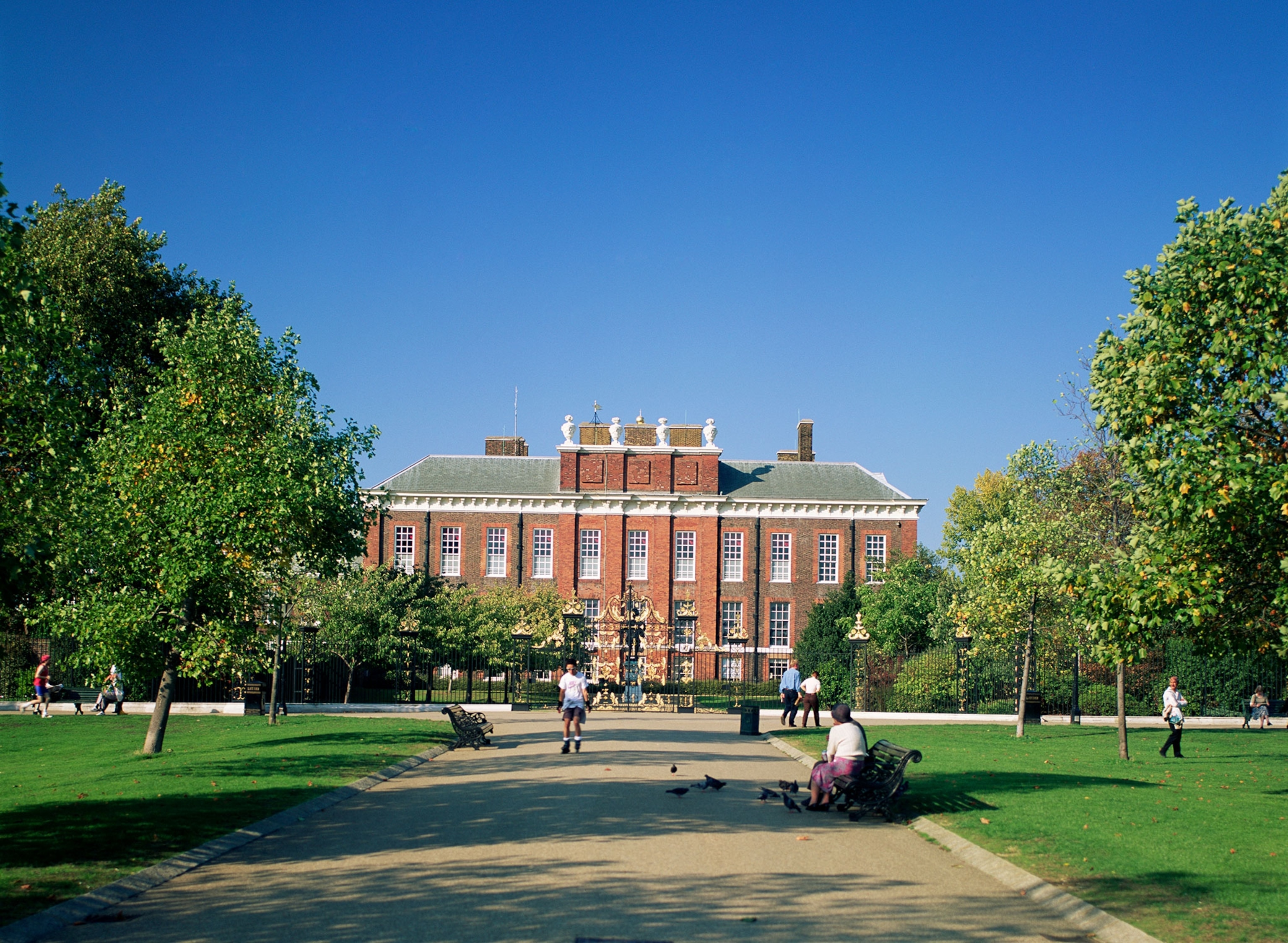
Though the rooms had fallen into disrepair by the late 1800s, Queen Victoria—who had been born there—oversaw its renovation and reopening as both royal apartments and a museum. Today, visitors can enjoy that same museum, which features rotating exhibits (including one on the iconic fashion of Diana, Princess of Wales), or tour the state rooms and extensive formal gardens.


